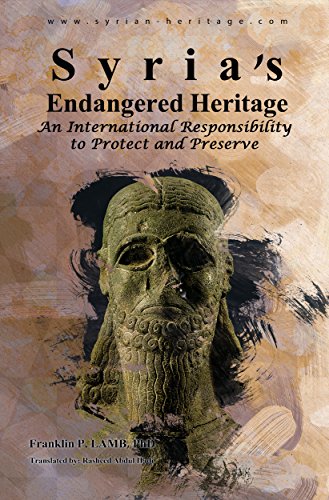Approximately 3,000 Palestinians have tried to cross into Egypt since Monday, 7 March, 2011, but the Egyptian military had received instructions to not let Palestinians refugees in. Many Palestinians who had traveled to the border returned home to the Libyan cities of Benghazi and Tobruk and adjacent areas. On Tuesday March 8, 2011, 15 Palestinians were still in Salloum demanding to cross, while hundreds of other Palestinians refusing to go back to their homes had chosen to wait in the homes of Libyan host families in a village near the crossing. It has been reported that Palestinians without national identity cards or valid residency in Egypt were not allowed to cross, whereas even Asian laborers without papers managed to get into the country.
The Palestinian Authority has tried to coordinate the evacuation of the Palestinian community in Libya and indeed Israel offered to allow 300 into the occupied territories as a "humanitarian gesture." The first flow of Palestinian refugees that was evacuated followed unverified NTC reports of pro-Gaddafi's forces detaining a group of 43 Palestinian students in Misurata after they reportedly refused to join the pro-regime forces. By the end of February 2011, a total of 104 Palestinian students had left Libya.
Mohammad Hammad, director of cultural affairs at the Palestinian consulate in Alexandria, arrived at the Salloum crossing on the Egypt-Libya border in early March to provide assistance to fleeing Palestinians. Currently, more than 100,000 Palestinian refugees live in Egypt, most of whom were expelled following Israel's 1967 invasion and occupation of the Gaza Strip
According to Mr. Hammad, most Palestinians arriving in Egypt were sent back to Libya by the authorities. According to Egyptian officials, Egyptian law requires Palestinians who enter Egypt to have a visa from the host country's embassy first. For this reason, the Palestinian Authority ambassador in Cairo tried to obtain this permission from the Egyptian government in order to allow them to go to the Gaza Strip via Egypt. Hammad reported that the Palestinian consulate in Cairo was providing refugees with essential supplies. The situation is critical, he said, with "families living outdoors without anything. Many of them do not even have money and turned to the United Nations High Commission for Refugees for emergency help."
UNHCR does not usually deal with Palestinians in the UNRWA (United Nations Relief and Works Agency) area of operations, which is mainly the West Bank, Syria, Lebanon and Jordan, but following the February 17 eruption, it did provide some Palestinians with help during February-April. This is a welcomed exception to UNHCR practice and it recognizes that all of Libya's Palestinians are refugees and hence UNHCR has the humanitarian obligation to protect them, especially since Egypt and Libya are not included in the UNRWA area of operations.
The current chain of misfortunes started for the refugees pictured with the U.N. blockade of Libya in 1992. This was followed by Libya's attempt to expand employment opportunities for its own nationals. This was accompanied by a widening gulf of distrust between the Libyan government and the PLO, especially after the signing of the Oslo accords. In September 1995, Libyan leader Muammar Qaddafi announced that all Palestinians in Libya, estimated at 30,000, would be expelled. It was a partial bluff which he meant to be a blow to the newly formed Palestinian Authority. His message to the Yasser Arafat was, "If you do not have sovereignty, do not claim to be in control. If you cannot provide shelter for your citizens, do not pretend to be their governor."
As the expulsions began, Palestinians were put on ships without a destination. Lebanon and Syria accepted a fraction that had lived there previously. Egypt allowed Palestinian expellees with valid travel documents to pass through its land, but none were allowed to stay for more than 24 hours. Thirty-six Palestinians were stranded for several weeks at the Rafah border between Egypt and Gaza, waiting for permission from the Israeli authorities to enter Gaza. However, the majority of those expelled had no place to go. The next month, in October 1995, Qaddafi redefined the order to allow the luckless Palestinians to return to Libya until their "government" finds a better place for them.
There have been some fears expressed by Hamas and others that the Qaddafi regime may take revenge on Libya's Palestinian community because of rumors than some Palestinians are involved with the Muslim Brotherhood in Benghazi and even with some of the Salafist groups comprising part of the National Transition Council. In addition, anti-Qaddafi protests and graffiti and burning of Qaddafi posters in Gaza fueled these fears by Hamas and the refugee community here.
However, this observer has been repeatedly assured by Libyan officials in Tripoli that Palestinians in Libya are welcomed, will retain all their civil rights and will in no way be discriminated against or pressured due to some Palestinians presumably favoring the NTC. (This subject and the current legal and social status of Palestinian refugees in Libya will be addressed in Part II.)
(Note: You can view every article as one long page if you sign up as an Advocate Member, or higher).





